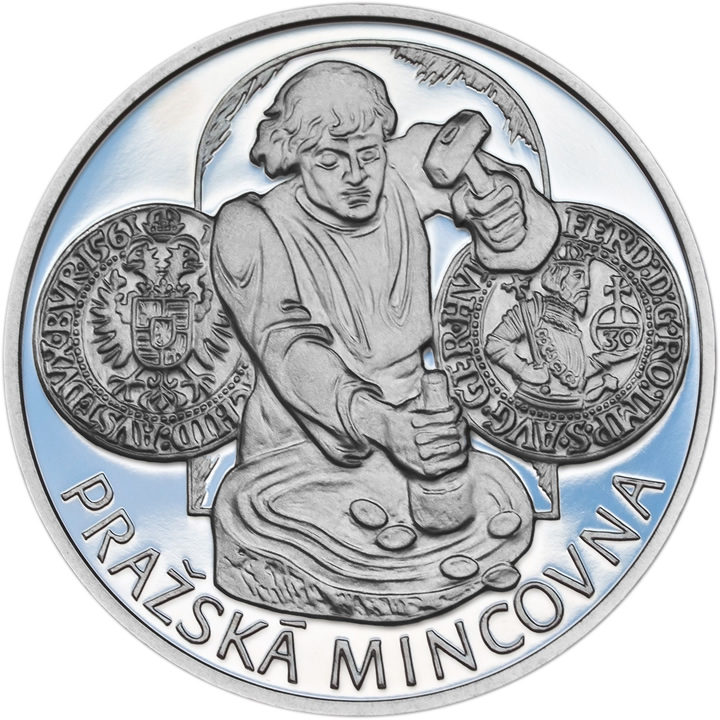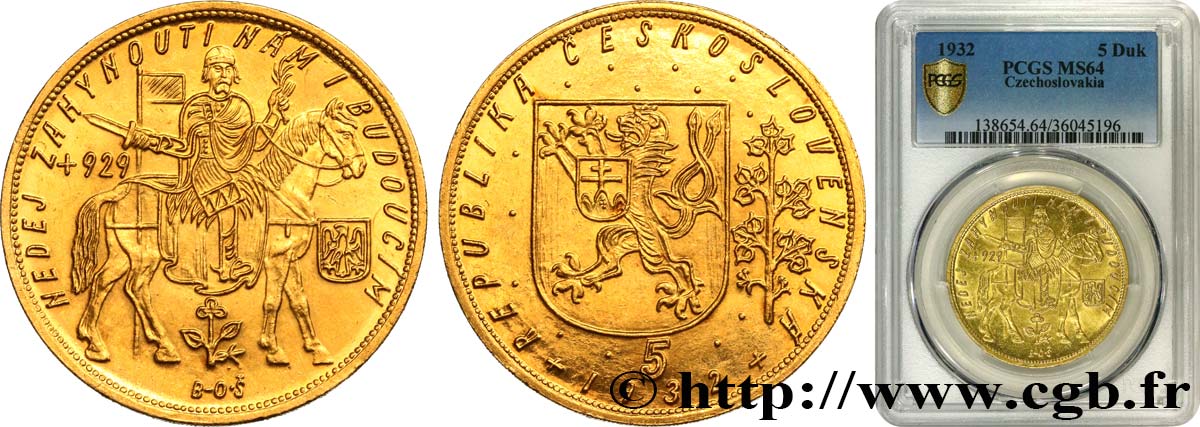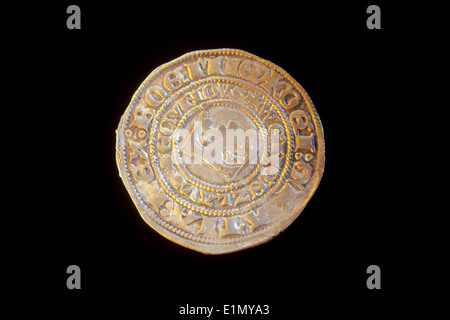Best Reasons On Sandblasting Czechoslovakia Coins
Best Reasons On Sandblasting Czechoslovakia Coins
Blog Article
Why Is A Gold-Colored Coin Or Medal 3d-Modeled From A Plaster Cast?
The process employs special equipment to digitize the maquette and record its dimensions. The digital replica can be used in a variety of ways throughout the production.
3D Scanning Technology- High-resolution 3D scanners are utilized to capture the physical dimensions as well as the details of the plaster model. They employ a variety of methods, such as laser scanning or structured light, to record precise measurements and geometrical details.
Capturing Surface Information: The scanner projects light or laser beams onto the surface of the plaster model. The scanner records the surface information of the model through recording reflections, distortions and other effects caused by the beams.
Data Collection. As the scanner moves over the model it gathers a lot of information points. The outcome is a digital picture of the model's form contours, details, or contours.
Conversion into 3D Model. Specialized software converts the information into a 3D model. The model is a representation of the physical dimensions and features of the plaster maquette.
What are the motives behind creating an electronic 3D model?
Digital 3D models are able to recreate the exact details and dimensions of a real model. This ensures that the final gold medals and coins exactly match the original design.
Digital models can be easily altered and refined. Designers can alter the 3D model, without changing the original plaster maquette. This permits iterative adjustments or enhancements.
Compatibility with Manufacturing Processes Compatibility with Manufacturing Processes Digital 3D Models are compatible with various manufacturing processes, including 3D printing and CNC machining. This facilitates the manufacturing of dies and molds to make mass production.
Digital 3D Models serve as a record for the design. They can be archived digitally to serve as future references as reproductions, documents from the past.
By scanning the model and then creating a digital 3D model, manufacturers and designers can speed up the process of production and ensure precision in reproduction, and leverage advanced manufacturing technologies for creating gold coins or medals with a high degree of precision and fidelity to the original design. Check out the best Scanning and 3D Modeling Prague Mint gold coins blog tips. including 1 oz gold, gold eagle, 1 10 oz gold coin, buy gold bullion, price for one ounce of gold, 50 dollar gold coin, buying silver bars, $50 gold coin, golden dime, 1oz gold and more. 
What Is Laser Technology Utilized To Smooth The Surface Of The Master Hub Or Die For Gold Medals Or Coins?
Laser technology is utilized to create master hubs, or dies, for gold coins or medals to achieve exact details and refine the surface for better accuracy. Here's how laser technology can be utilized in this process. Refinement
The master hub's surface is polished with laser technology after the initial milling. It is able to smooth out imperfections and remove burrs.
Detail Enhancement-
Laser ablation and engraving are used to create or enhance details on the master hub or die. Lasers can precisely etch or remove material to create precise lines, textures, or complex designs that are difficult to achieve through conventional machine.
Microstructuring-
Laser microstructuring is the process of creating of microscopic patterns or textures on die surfaces. This technique can impart patterns or textures that improve the appearance or security features, or even the appearance of medals or coins.
Surface Hardening or treatment
Laser technology is used in some instances to treat or harden dies or master hubs. This can enhance the wear resistance and endurance of the material, and ensure durability during the strike process.
Precision Alterations
Laser technology permits precise changes on dies or master hubs, without affecting their overall design. It permits adjustments to the surface to remove any imperfections, flaws, or discrepancies that could impact on the overall quality and worth of the coins or awards struck.
Controlled Material Removal
Laser ablation permits exact removal of materials. This is particularly useful for areas that require precise details to be defined. It's a non-contact technique for removing material, which keeps the integrity of the space.
Laser technology is a great tool to refine the surface of master hubs and dies, resulting in a finer detail, improved surface quality and precision. It enhances the traditional machining process which allow for precision manipulation and enhancement of the characteristics of the die's surface crucial for making high-quality gold coins or medals. Read the top rated laser processing Czechoslovakia gold medals website recommendations. including gold one dollar coin, gold one dollar coin, golden dime, silver eagle coins, gold biscuit buy, gold bullion for sale, buy gold bullion, golden and silver, 10 dollar gold coin, sell gold silver near me and more.
How Do You Prepare And Weigh Gold Blanks For Minting?
To ensure consistency and accuracy of gold awards or coins High-quality blanks have to be meticulously prepared for minting. This is how and why the process of preparation operates. Gold Material Selection - Only pure gold is used to create blanks. The gold is refined to meet the requirements for purity required for coinage.
Gold Blanks are made through blanking. Blanking involves the cutting of discs and planchets which are coins in size, made from gold with specialized machinery.
Precision Weighing and Measuring
Weighing - Each of the blanks is weighed individually in order to meet the weight requirements for the coin or the medal. This method ensures that each item contains precisely the amount of gold needed for the desired denomination.
Measuring. Instruments that are precise are used to measure the diameter, height, and dimensions of each blank. This assures the uniformity of measurements and conformity with the specifications of the design.
Inspection and quality control
Visual Inspection- Every blank is examined visually to find surface imperfections, irregularities, or other impurities that may affect the final product's quality.
Rejecting Non-Conforming BlanksIf a blanket does not conform to the weight, dimensions, or quality standards are rejected in order to ensure consistency and uniformity.
Justification for the necessity of
Consistency in Minting ProcessPrecision-weighed and measured blanks ensure uniformity in the minting process. Consistency in weight and dimensions leads to uniform striking and produces coins and medals that are of the same value and quality.
Accurate gold contentThe precise weight of each blank ensures that the final piece of coin has the exact amount of pure and accurate gold.
Prevention of Variations- Uniform blanks prevent variations in weight or size that could affect the value of the medal or coin and legality or use for commerce or circulation.
Quality Assurance- Strict quality control measures in blank preparation ensure that only the highest-quality, defect-free blanks go through the minting process, reducing the likelihood of flaws in the final product.
Legal Compliance- The coins are designed to be used for circulation or used for commemorative purposes. They must comply with legal requirements, as well as requirements and standards established by mints or regulators.
The accuracy and reliability when it comes to preparing gold blanks of high-quality are vital elements of the minting process. They ensure the production of accurate high-value, legally conforming gold coins or medals. Check out the most popular gold blanks for Czechoslovakia gold medals site examples including gold panda coin, liberty gold coin, george washington gold dollar coin, gold and silver coins, order gold coins, 1 oz gold buffalo coin, 100 gm gold biscuit, gold penny, olympic games gold medal, buy coin gold and more.
How And Why Are Limited Edition Gold Coins, Or Collectible Gold Coins Individually Identified?
The numbering of limited edition or collectible coins is typically used for various reasons. These include the verification of authenticity, guaranteeing the exclusivity of the coin, and increasing its attraction to collectors. Learn how and why this individual numbering is Implemented
Sequential Numbering: Each coin of a limited-edition or collectibles series comes with a unique, usually engraving. The number indicates the coin's position within the series.
Certificate of Authenticity: The piece may come with an authenticity certificate which matches the unique number. The certificate confirms the authenticity of the coin, offering information about the coin's collection and metal composition.
There are many reasons to number coins separately.
Authenticity Assurance - The individual numbering can be used to confirm the authenticity of the coin within the limited edition. Each number serves as a identifier that can be used to verify the coins authenticity. authentic and belongs to the authorized collection.
Limited Edition Coins With Individual Numbering Are Perceived as more exclusive and rare. Coins with numbers are frequently sought by collectors due to their limited availability. This adds to their worth.
The numbered coin has a unique appeal, allowing collectors to keep track of specific numbers and showcase them within a collection. The lower or more significant numbers in the series could be considered to be more important or desirable.
Collector Engagement - Individual numbers motivate collectors to complete sets or acquire specific numbers. Collectors can seek out specific numbers based on their personal preference or other important milestones.
Value and Resale Potencial- Coins with distinctive serial numbers can be more expensive in the market for secondary sales. This is especially true when they are part of an established series or have a less serial numbers. These coins are valued due to their rarity or distinctiveness by collectors.
Trackability & Documentation – Numbering assists in tracking and documenting the history of each coin which aids in provenance & verification on the collector's marketplace.
Through the individual numbering of limited edition gold coins or collectible ones mints and issuers can establish the authenticity of their coins, as well as create exclusivity and enhance the coins' appeal to collectors looking for rare, unique, or significant pieces within an assortment. Numismatics value these coins for their significance. Take a look at the most popular Prague Mint gold coin numbering website recommendations including 1 4 ounce gold coin, ngc grading, kruger rand, gold bullion coins, gold coins coin, maple leaf gold coin, bullion dealers near me, gold silver coins, 1975 gold penny, gold and bullion and more.